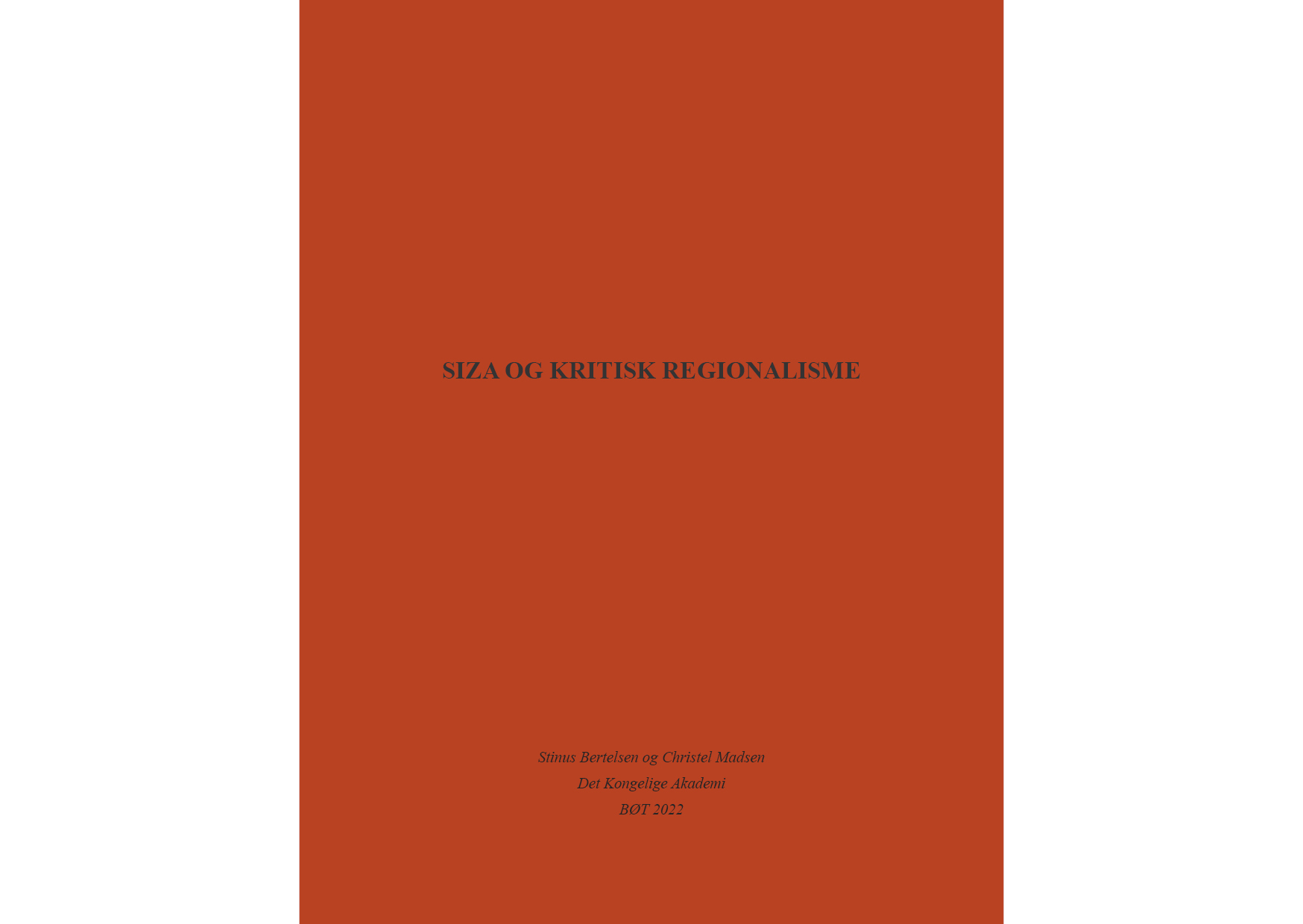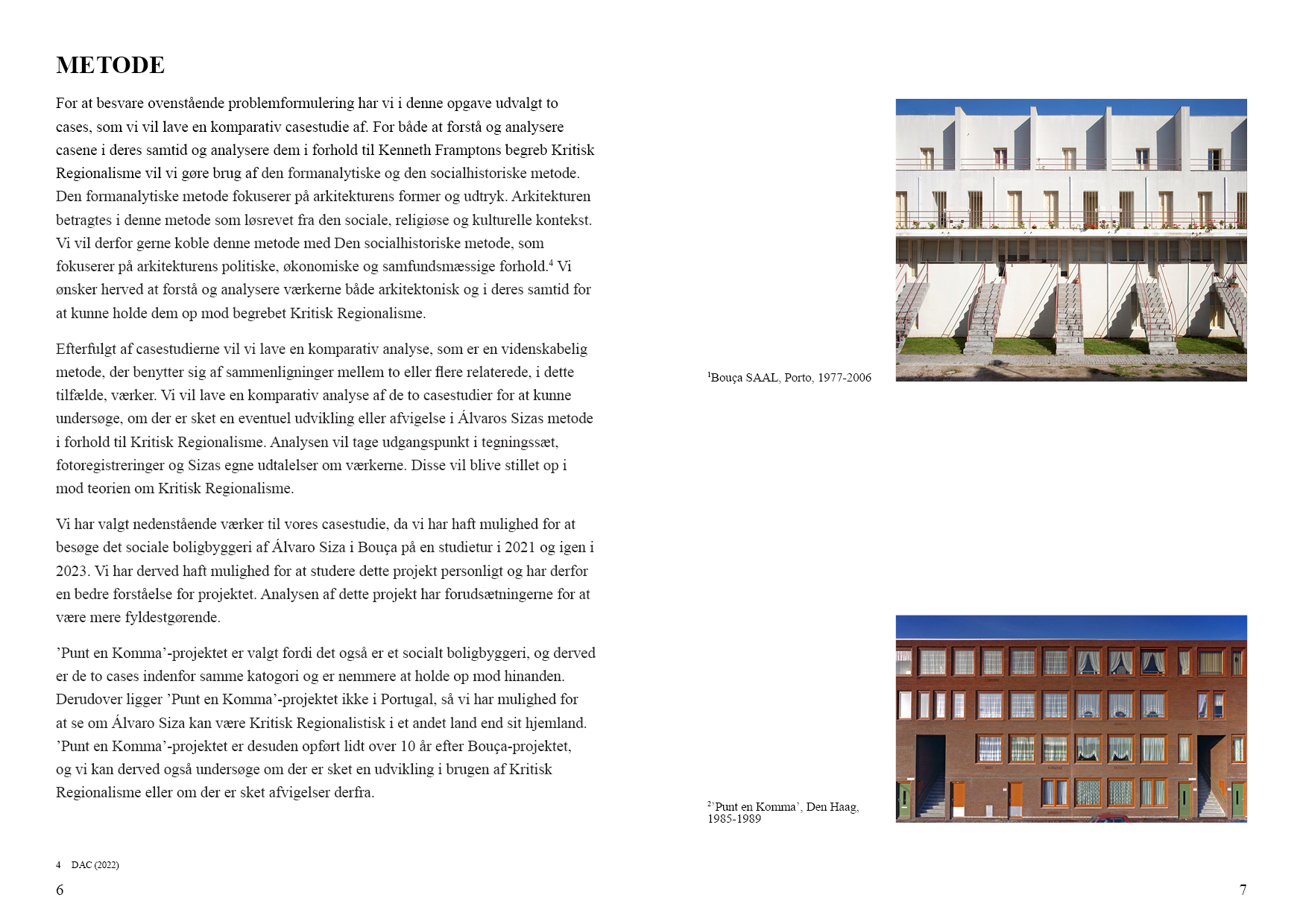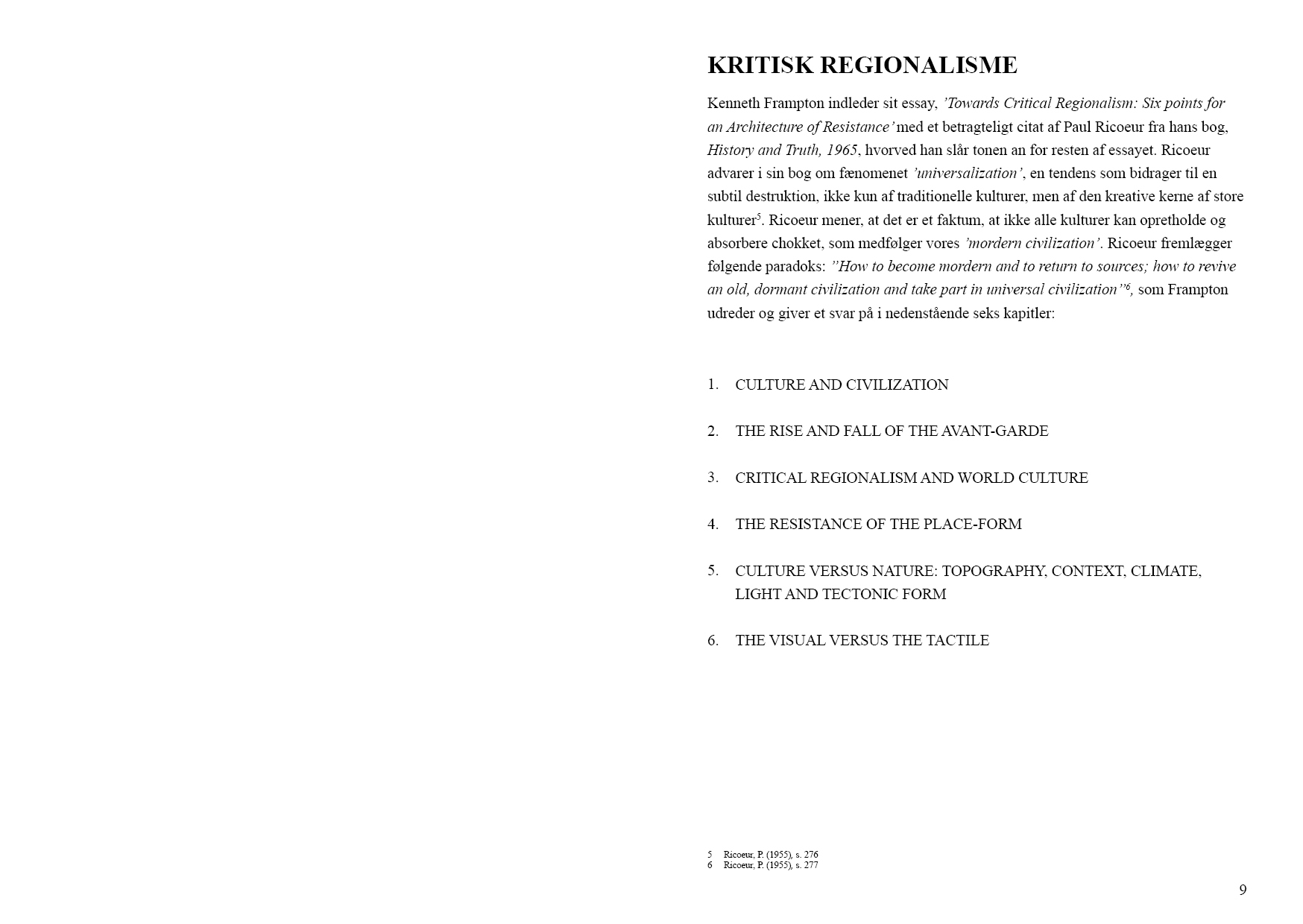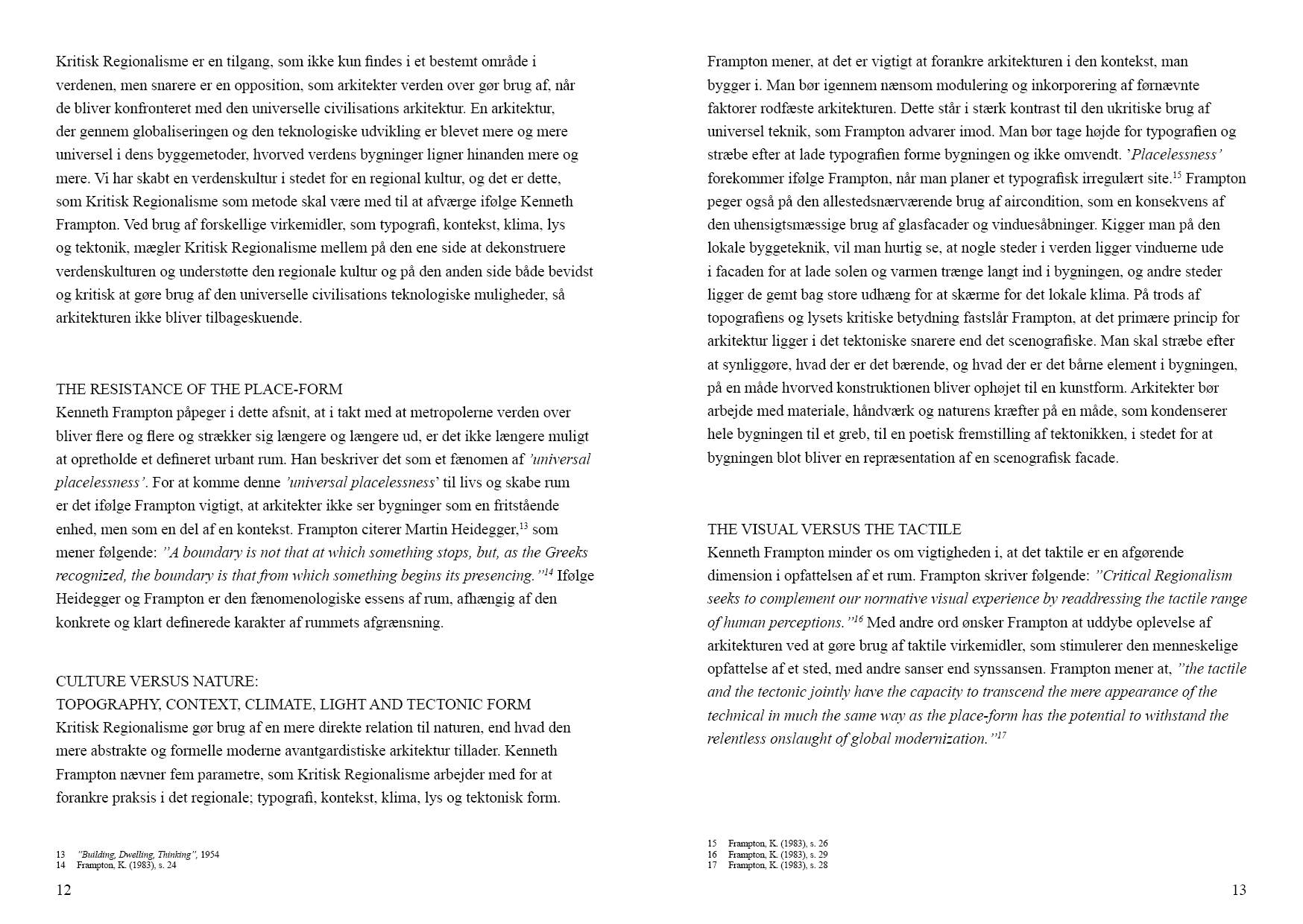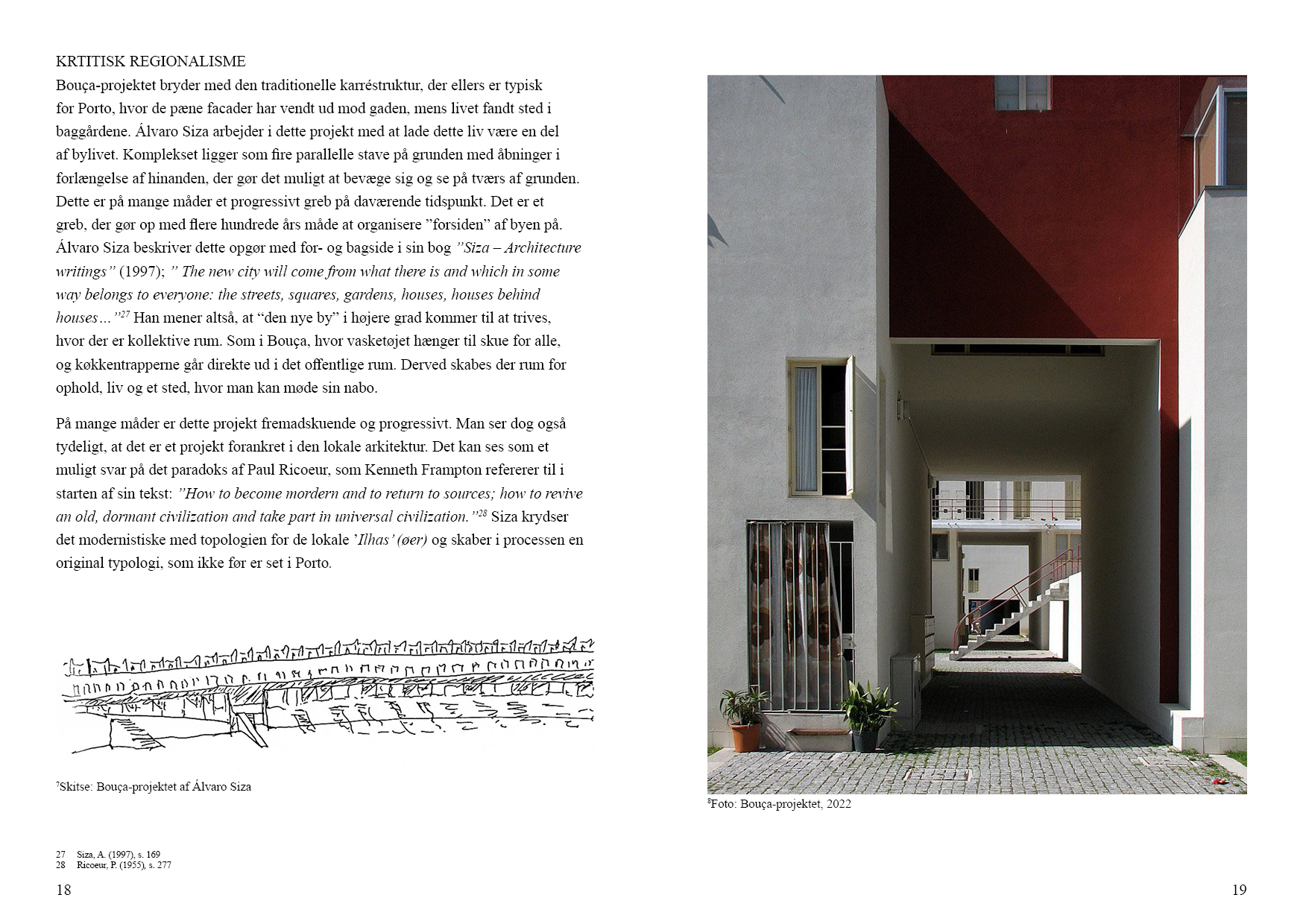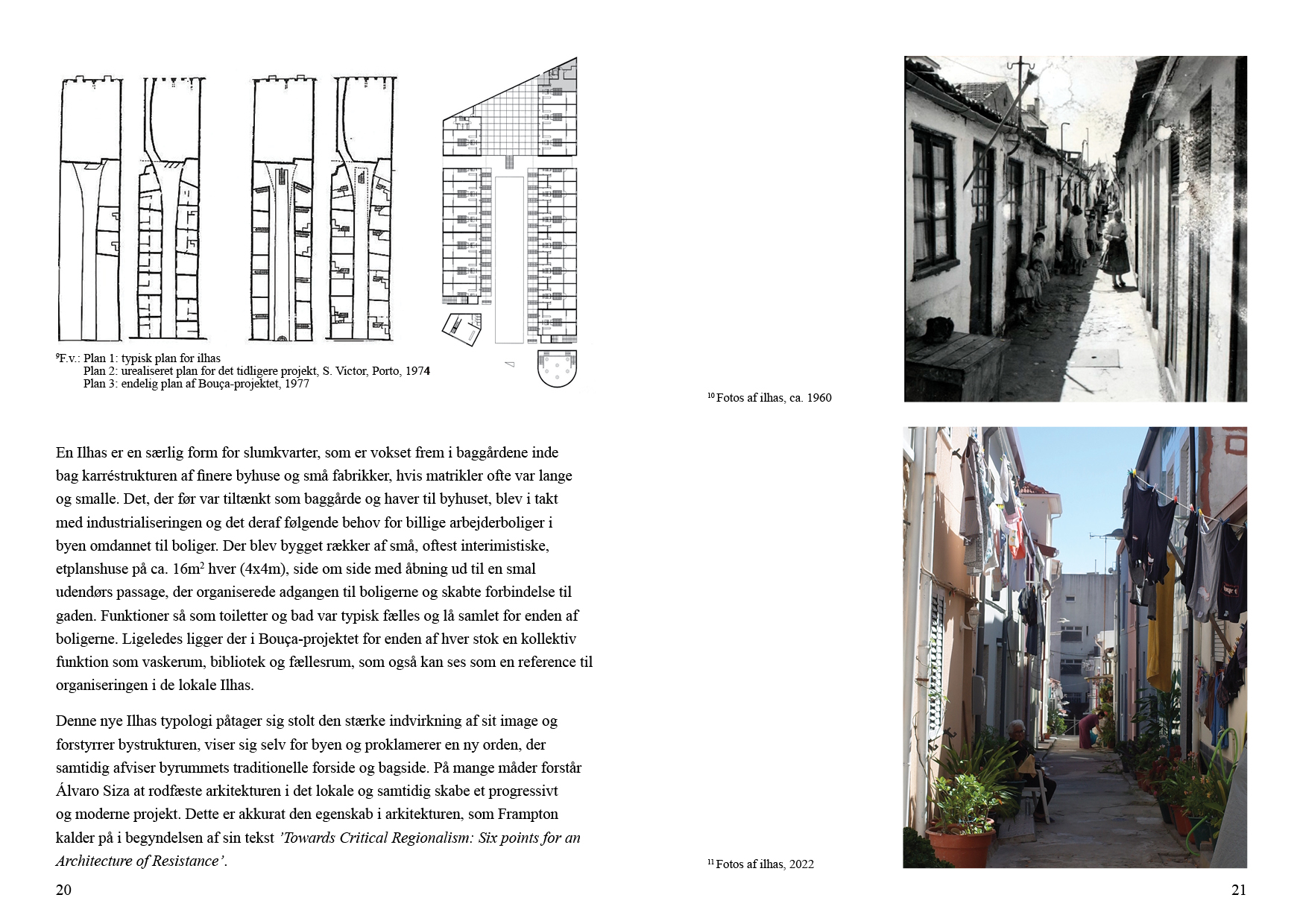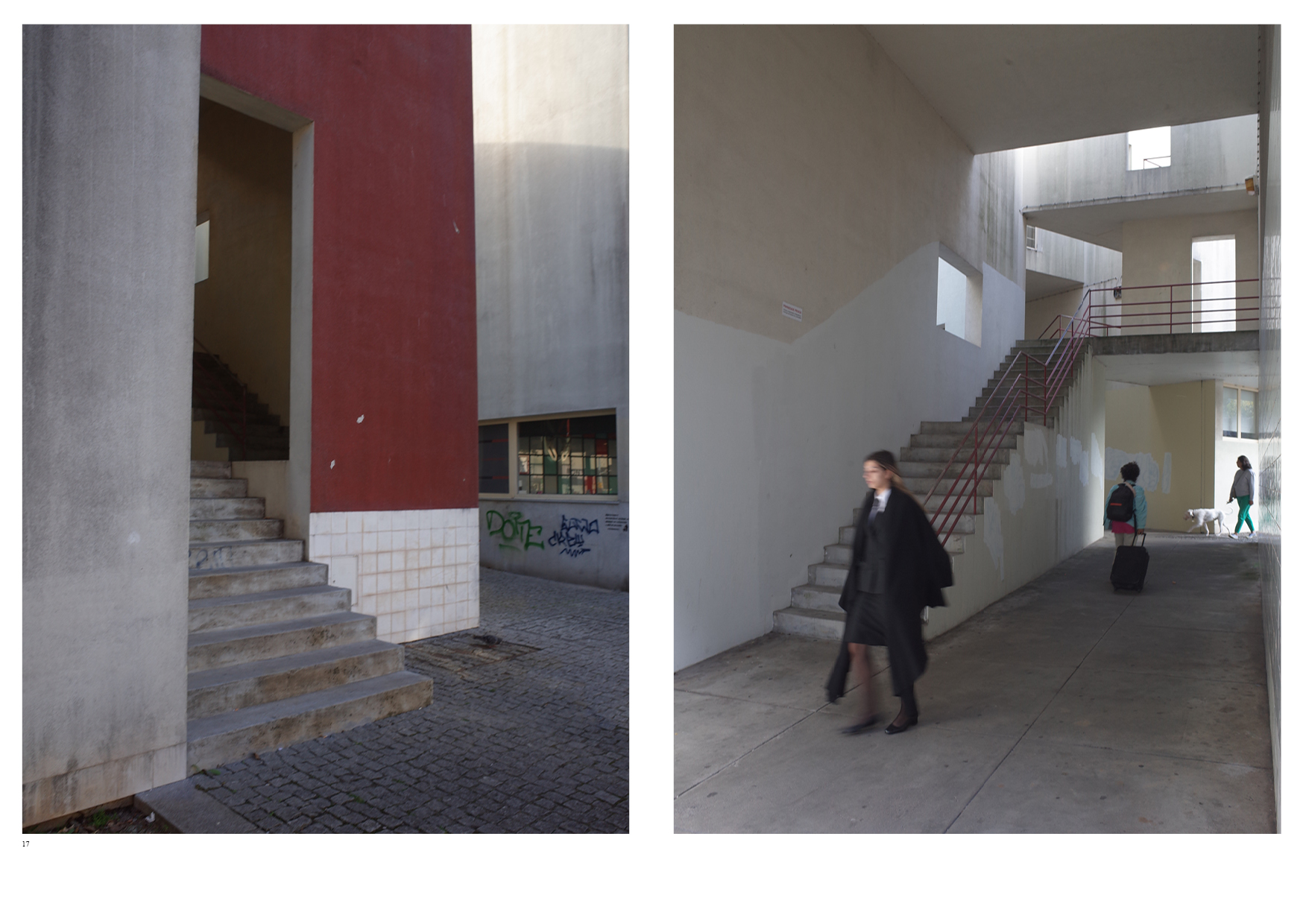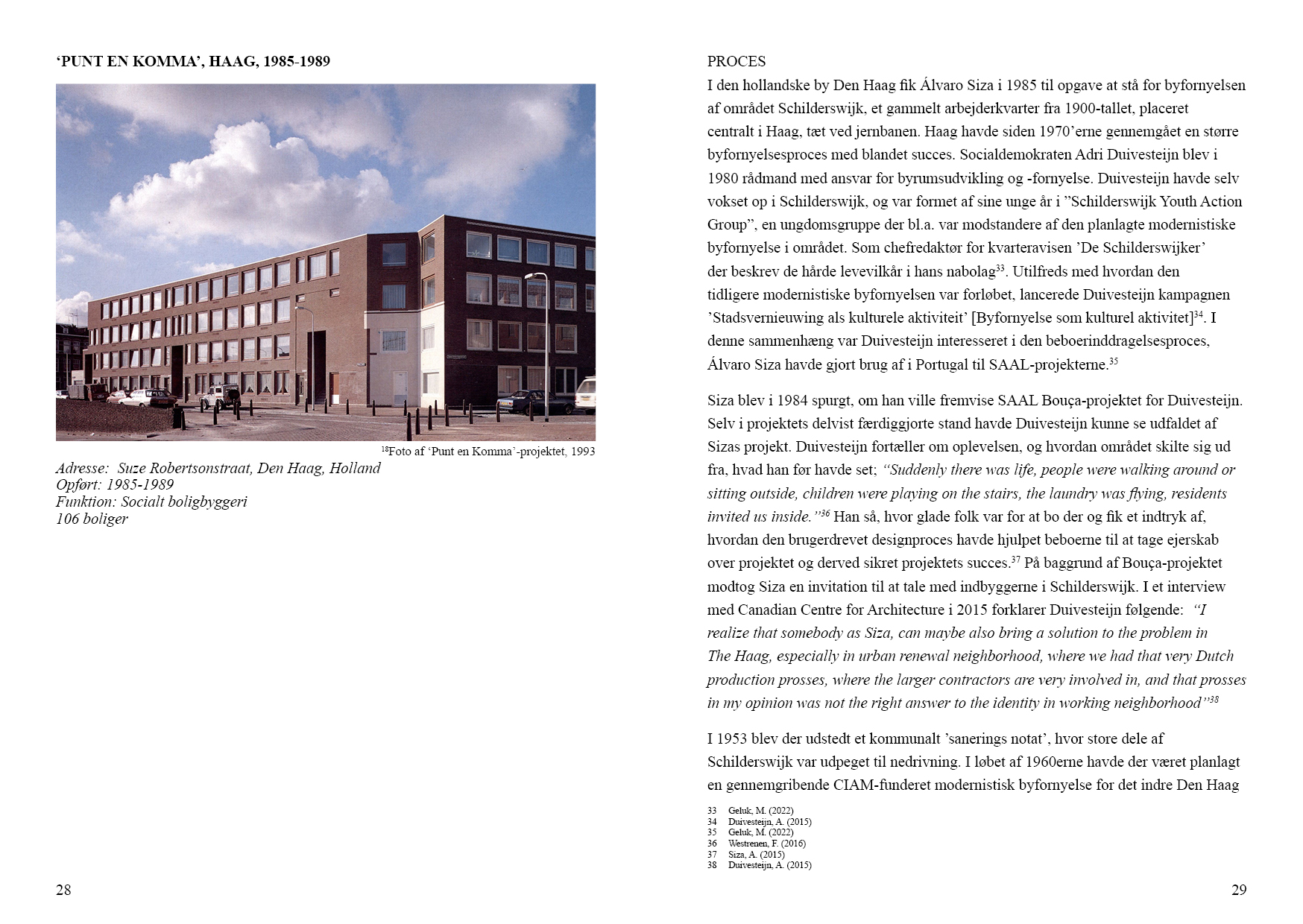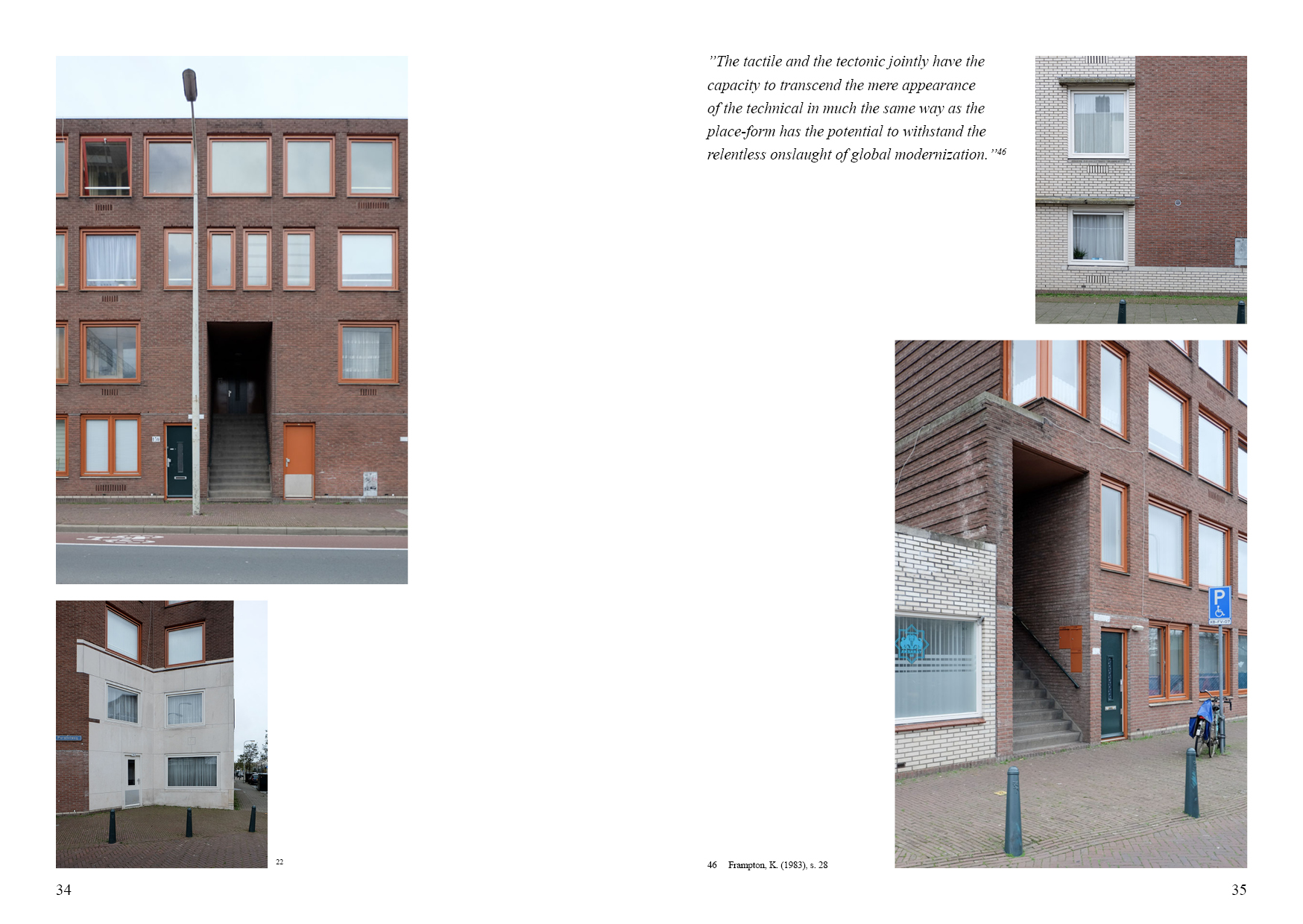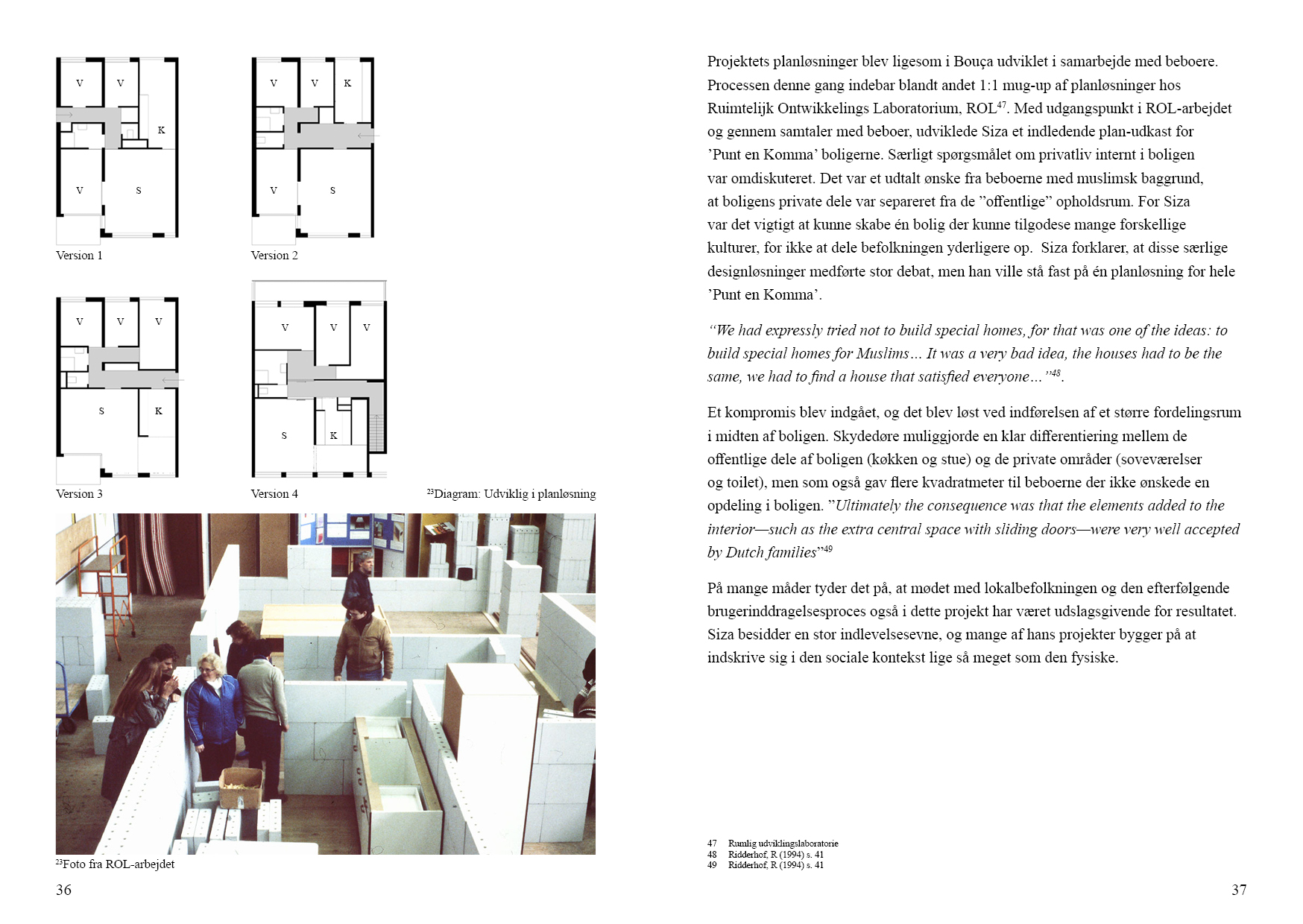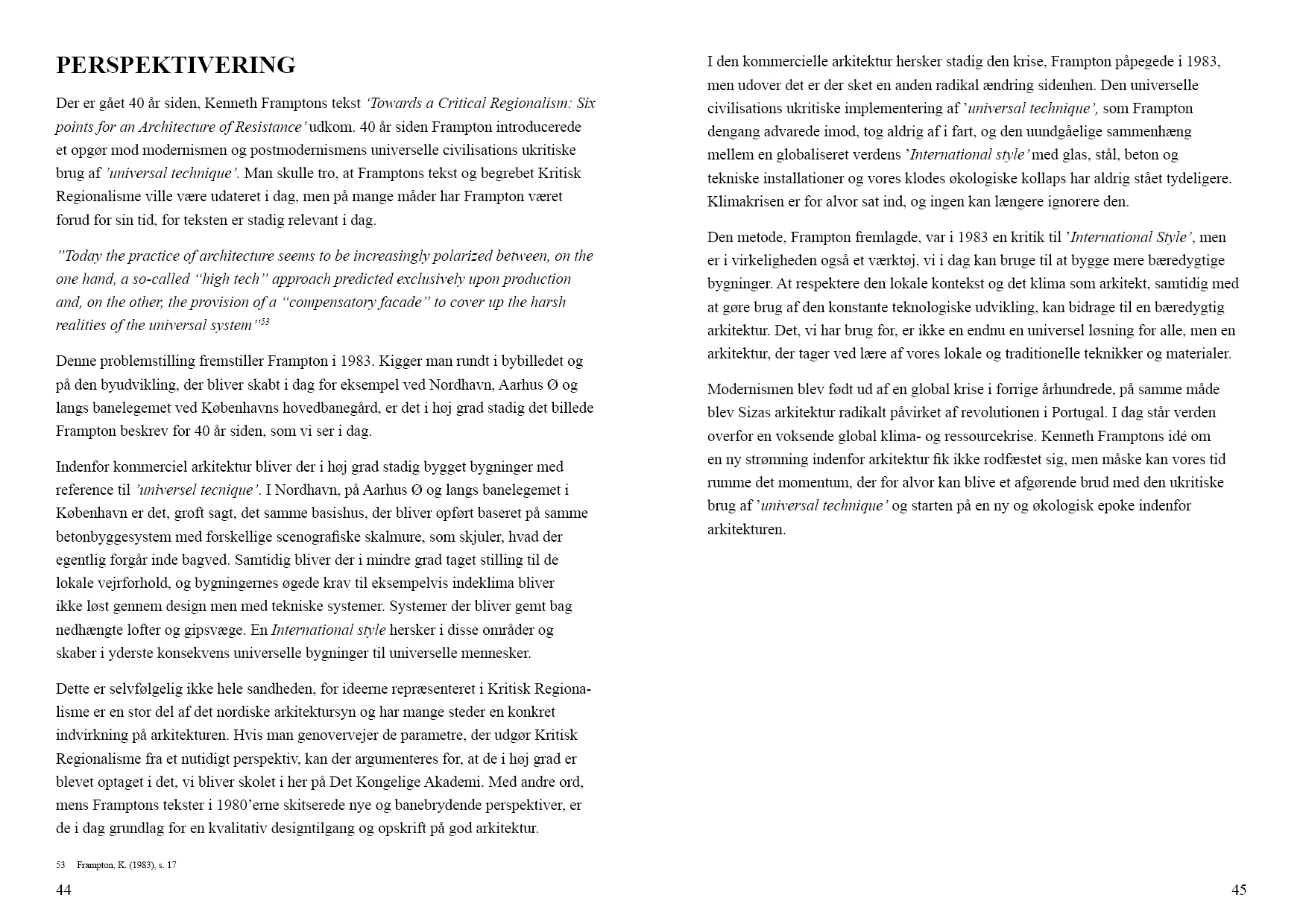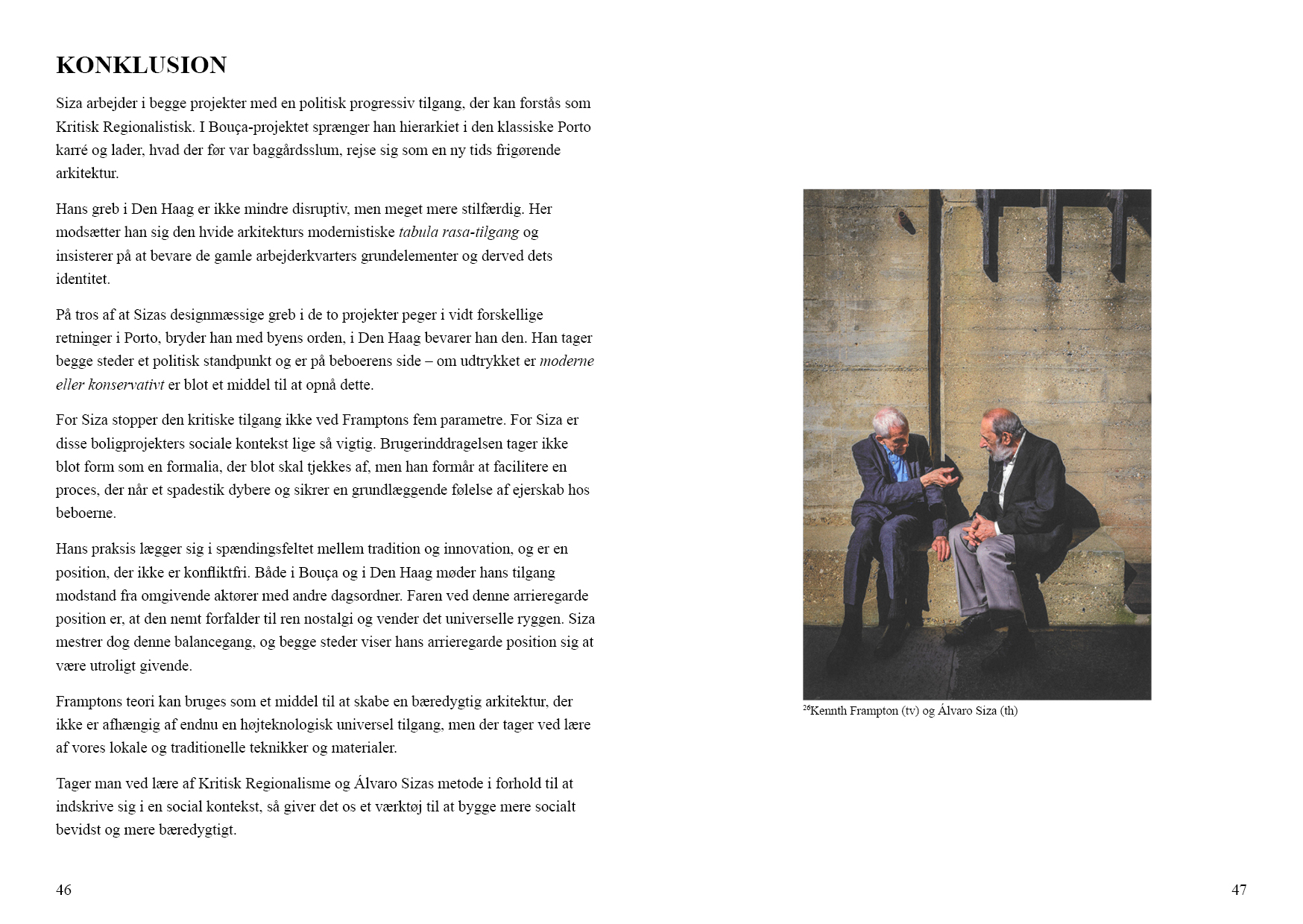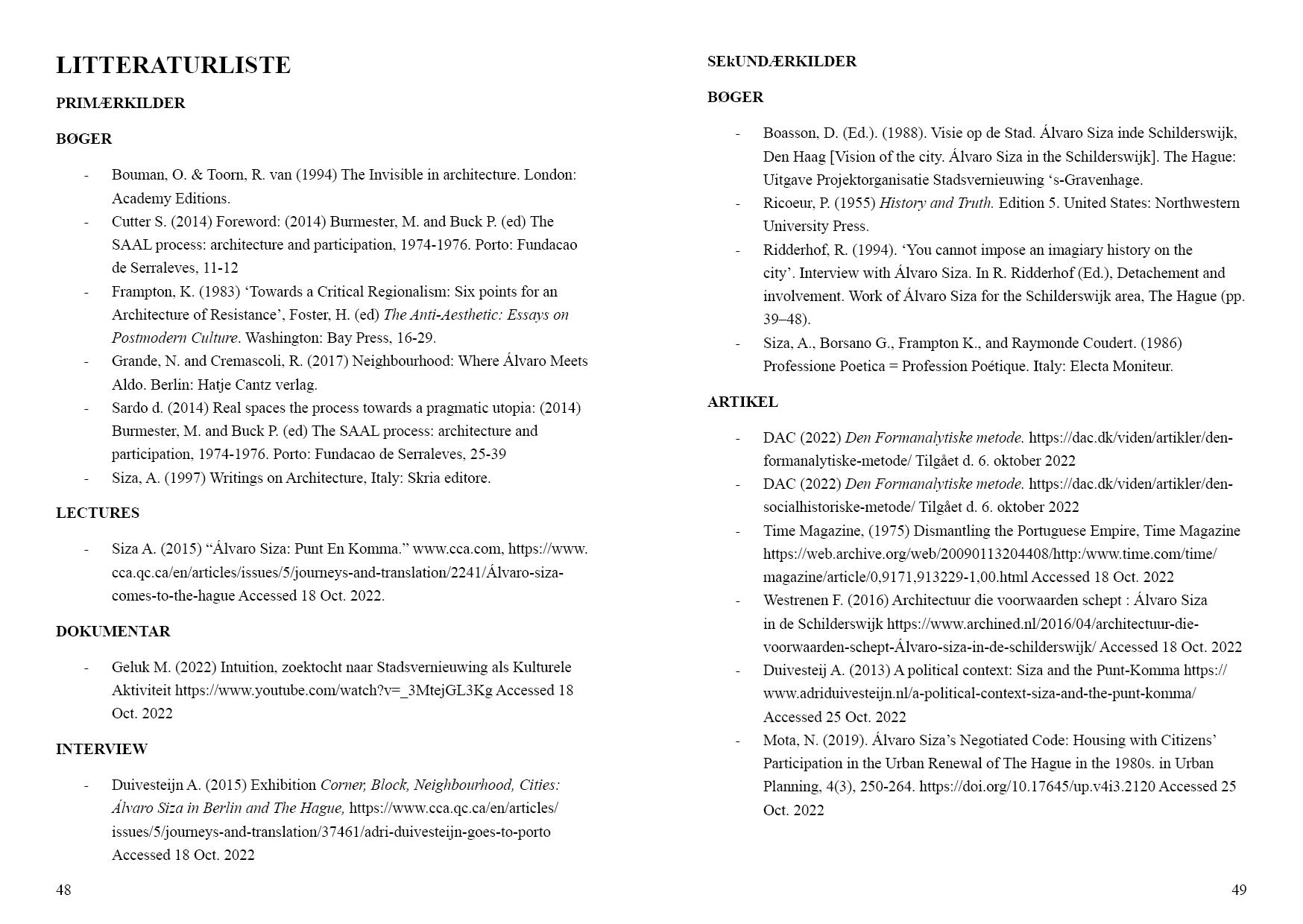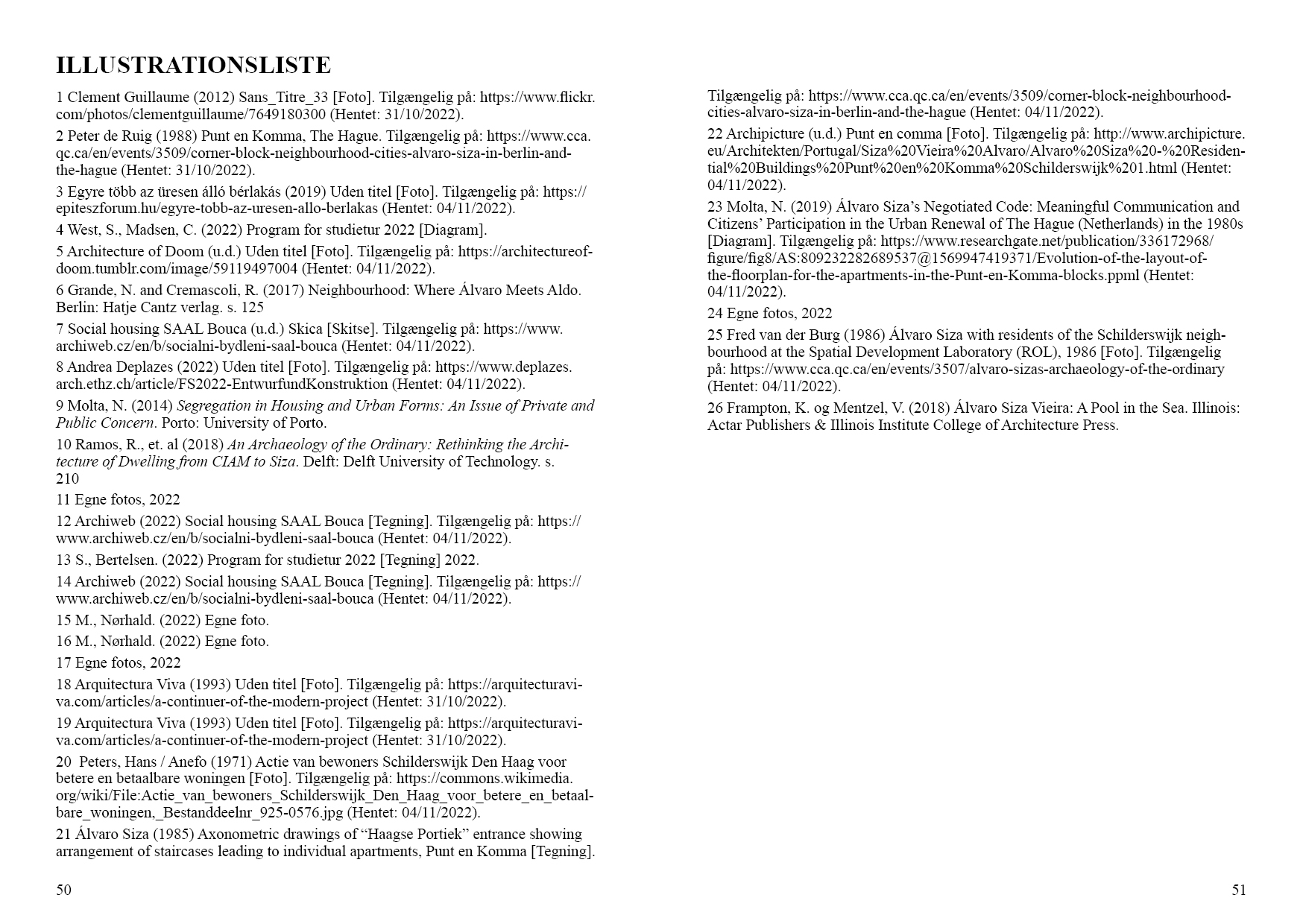2O22 | Siza and critical regionalism
Critical Regionalism is a concept that is, even 40 years after it was first described, still greatly relevant to today’s architecture. In order to understand Critical Regionalism, one has to look at the time and circumstances in which the concept originated. Critical Regionalism was first described in the early 1980s by Alexander Tzonis and Liane Lefaivre in 1981 in the text ‘The grid and the pathway’, and later by Kenneth Frampton in 1983 in the better-known essay ‘Towards Critical Regionalism: Six points for an Architecture of Resistance’.
Critical Regionalism arose as a critique of contemporary postmodernism. Kenneth Frampton believes that postmodernism, which was a response to modernism’s eventually more and more totalitarian point of view, had instead reduced architecture to scenery and scenography or even just a commodity. In his essay, he proposes a new postmodernist strategy that Hal Foster describes as an attempt to deconstruct modernism and its still relevant principles in order to rewrite its closed systems anew.
It is with this modern context that we sought to understand and investigate in this written assignment. We approached Kenneth Frampton’s theory with one of the architects he often uses to describe Critical Regionalism; Álvaro Siza, as a way in which we could ‘test’ the theory in practice. In order to do this, we selected two cases to study and analysed both the social and historical contemporary and form-analytically.
